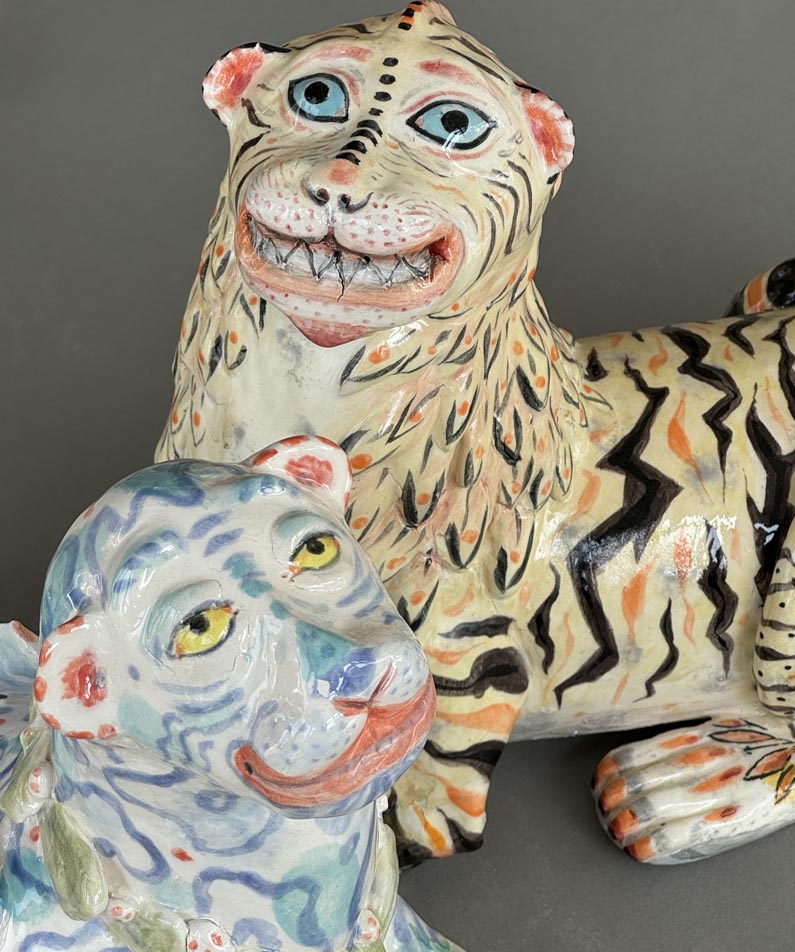This week the printing of my 12 Trees book got underway. I am printing the book at Logan Press with of course much help and guidance from everyone there, especially Patrick Roe, who owns the company, Tom who is an apprentice there and Bob the excellent compositor.
Before edition printing can start there is much to do in the way of testing paper, print quality, setting up the press etc etc. This takes quite a long time. Letterpress printing is not for the impatient.
Firstly the plywood plates have to be made up to type high. Here Patrick is setting up a test plate using low base and small clips to hold the plates in place. Getting the correct printing pressure is a mix of packing the plate and packing the paper and a sprinkling of magic dust.
Because the plywood can vary very slightly each and every plate..30 in all… have to be both set up and printed individually.
The plate must also be positioned correctly on the press bed to print in exactly the right place on the paper… each and every time.
Once the positioning and pressure were set up we made some test prints but found snags due to the length of the press bed, the roller, the positioning of the large plates on the page etc etc. We achieved a lovely print but the paper flipped up at the end of printing and caught on the block leaving marks on the margin of the paper. How frustrating!! Everything else was perfect. We tried many ways round this but in the end the decision was made to print the large images separately. There are often compromises in letterpress printing. Sometimes that can lead to a better result…? I am hoping this will be the case.Day two was setting up some test type and the tree name blocks to make sure the press could cope with the paper size, the position of the title blocks and texts and to see how the paper would print these two elements. I am hoping to use lovely Somerset paper produced by St Cuthbert’s Mill in Somerset which has a soft matt surface which will complement the woodcuts perfectly.
One of the tree name blocks set up for printing and
Two lines of type set…
then locked up in the chase with the help of Bob,
and on the press bed perfectly positioned.
One of the test prints on the Somerset which worked out beautifully. Day three, yesterday, we started to print the edition. This involves taking apart the dummy to get the correct pagination. The dummy is crucial as a guide as is page numbering!
Patrick set up the tree name blocks, looked after the individual packing and the press and I eventually took over the printing. I am printing 20 of each page hoping for an edition of 15 books, plus some extra sheets on cheaper paper for positioning the type/other images for the next print run.
Each piece of paper will go through the press 4 times so there are quite a few opportunities for error.. especially as I am doing some of the actual printing! Each sheet is hand fed through the press so concentration on the correct position of the paper in the gripper is essential.I calculated I printed 120 sheets yesterday ! …only 75 to go for the initial print run. Then do it all another three times, then print the large plates only, another 240 more impressions. After all that I will have the body of the books completed ! Hurrahh.Next it will be on to designing the endpapers, covers and then binding the edition..Phew… maybe they will be done by Xmas!





